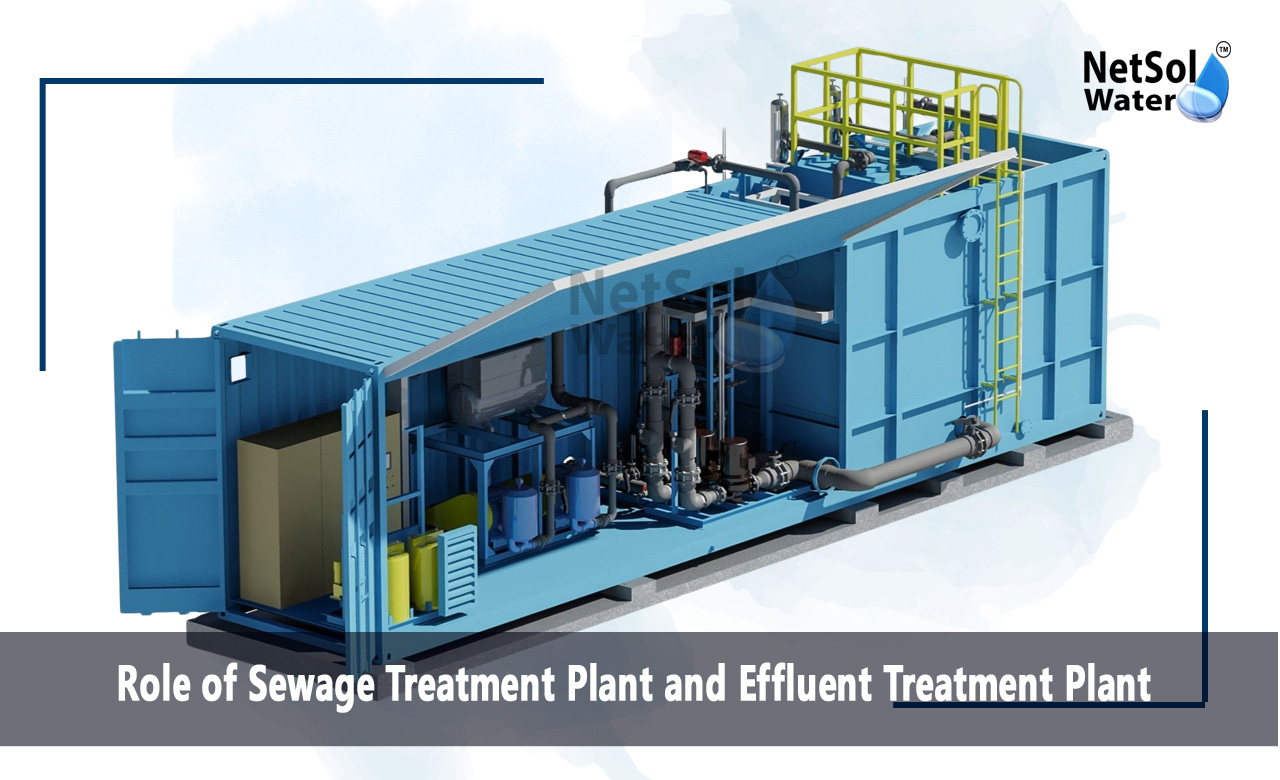What is the Role of STPs and ETPs?
India faces a special challenge as it grows its cities and industries while it aims to cut greenhouse gases and reach net zero. Wastewater and industrial effluent account for a significant share of environmental harm and hidden emissions. Proper treatment of that water can cut methane and other gases and can turn waste into useful products. Sewage treatment plants and effluent treatment plants offer a direct route to lower emissions and to save water and energy. They also support local health and crop yield when treated water returns to fields and rivers.
The importance of wastewater action for net zero
Wastewater emits greenhouse gases when it sits in drains and open sewers. Left untreated water creates methane from organic matter. Methane adds strong warming to the air. Treating waste water cuts that methane at the source. Treatment also recovers energy through biogas and lowers the need for new water from deep wells. That lowers the energy that pumps and treats water later. Each treated litre adds to lower emissions and to more resilient cities.
How this connects with climate policy?
India can meet its climate goals only if it includes water systems in planning. When planners add sewage and industrial water to carbon plans they gain wins that cost less than many other fixes. Clean water systems protect public health and they reduce the load on rivers. This makes climate targets easier to reach over time.
Sewage Treatment Plants STPs and their role
STPs remove organic matter from household waste and from small businesses. They cut smell and illness and stop untreated flow into rivers. Modern plants also capture biogas from sludge. That biogas can power pumps and lights in the plant and feed local grids. When designers add solar panels and energy efficient pumps the plant can run on lower fuel. When cities use treated water for landscaping and industry they cut fresh water demand and they lower the energy to pump from new sources.
How cities can expand STP impact?
Cities must plan networks that collect waste and route it to treatment. They must also operate plants to a strong standard. Training of staff and steady budgets make a plant last longer and add more emissions savings. Waste-to-energy components can turn a cost centre into a local energy source. That reduces both bills and emissions over time.
Effluent Treatment Plants ETPs and industrial change
ETPs treat water from textile dyeing from chemical units and from food processing. They remove toxic compounds and organic load that would harm rivers. Proper ETP design also recovers heat and water. Some systems use membrane filters and biological reactors to remove hard to treat waste. When industry captures and reuses that water it cuts intake of fresh water and it cuts the energy for new water processing. That lowers both cost and greenhouse gases.
How industry can scale best practice?
Industry must update older plants and they must embed water treatment into production planning. Firms can run pilot projects that show savings in energy and input cost. Shared ETPs for clusters of small factories can lower cost for all firms and they can create local jobs for operation and monitoring.
Policy and innovation to scale STPs and ETPs
Governments can set clear targets and they can fund centres that advise on design and operation. They can offer lower-interest loans for treatment upgrades and they can create rules that reward reuse of water. Innovation in sensors and remote monitoring helps managers fix faults fast and keep plants efficient. Training programs prepare staff to run complex systems and to record emissions savings.
How public and private actors can work together?
Public funds can cover part of the cost for new systems. Private firms can bring new technology and they can offer performance contracts. Local communities can help by using treated water and by protecting drains. This shared approach speeds deployment and keeps costs lower than a one actor model.
Conclusion
India’s Move Towards Net Zero: Role of STPs and ETPs shows a clear path from clean water systems to lower emissions and stronger cities. Countries and cities that treat sewage and industrial waste gain energy and water that they can use again. This creates jobs and lowers bills while it cuts greenhouse gases. If you want to learn how to plan a project or to review a plant design please get in touch today. Experts can help assess sites and they can propose steps that match local needs and budgets. Contact us for more information or to request a consultation on STPs and ETPs and how they can support your net zero plan.
Contact Netsol Water at:
Phone: +91-9650608473, Email: enquiry@netsolwater.com



